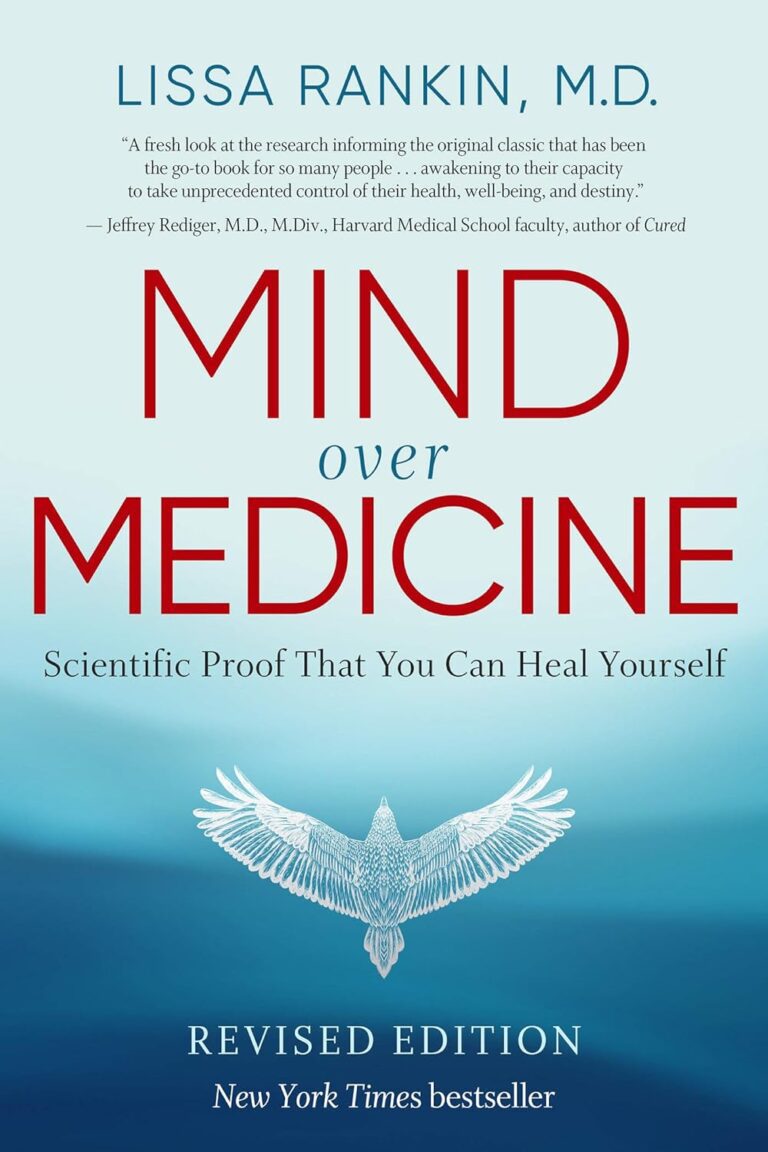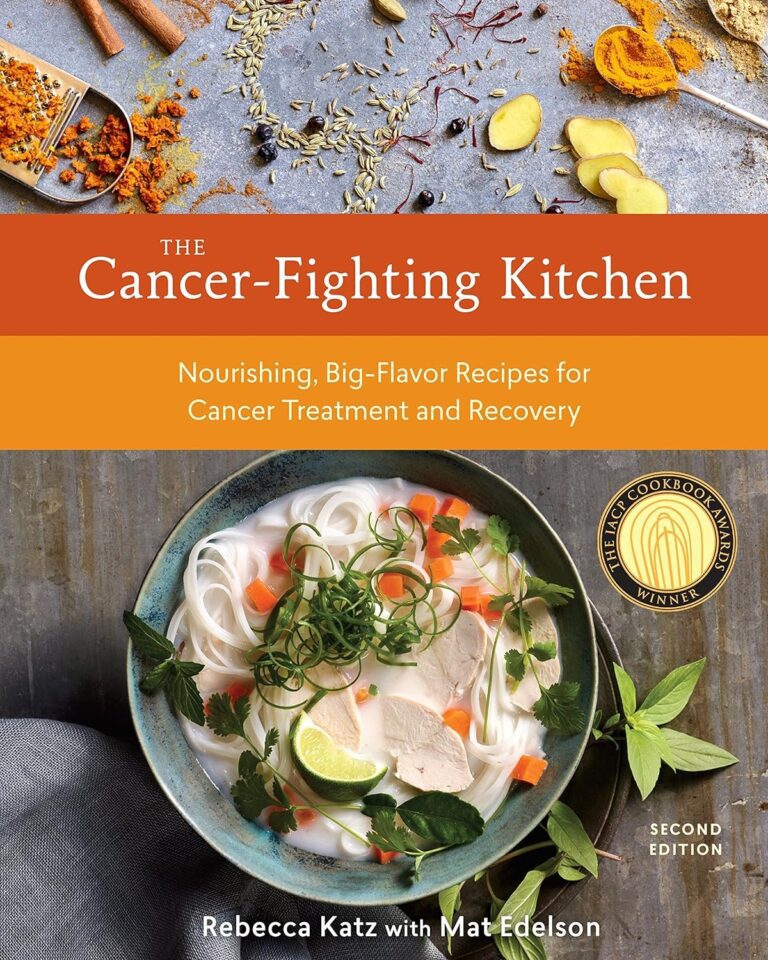
Understanding Hemoglobin: Its significance in Health and Disease
Within our bodies, millions of biological processes occur every second, allowing us to think, breathe, and live. The miracle of life occurs at a microscopic scale, with red blood cells acting as tiny staples of survival. This article aims at discussing in depth one of the most crucial components of our red blood cells – hemoglobin – a complex molecule that plays an integral role in our health and wellness.
I. Understanding Basic Blood Components
Our blood is composed of several elements including red blood cells, white blood cells, plasma, and platelets. The red blood cells are particularly of interest as they are responsible for transporting oxygen from the lungs to various body tissues that require this vital element for the purpose of metabolism.
II. Definition of Hemoglobin
Hemoglobin, a protein contained within our red blood cells, serves as the literal life line of our body’s tissues. Its chemical structure and function are as fascinating as they are vital.
A. The Chemical Structure of Hemoglobin
Hemoglobin is made of four protein chains, each holding a heme group. This heme group houses an iron atom, which carries oxygen from the lungs to the body’s tissues, thus facilitating cellular respiration.
B. The Role Hemoglobin in the Human Body
The primary role of hemoglobin is oxygen transportation. However, it also aids in maintaining the shape of red blood cells and plays a vital role in transferring CO2 back to the lungs for exhalation.
III. Hemoglobin and Oxygen Transportation
The life-sustaining role of hemoglobin is threading the delicate balance of oxygen transportation and support of cellular function.
A. Process of Oxygen Transportation by Hemoglobin
Hemoglobin binds with the oxygen inhaled into the lungs. This oxygenated hemoglobin is then transported throughout the body, where it releases the oxygen to the cells. The now deoxygenated hemoglobin returns to the lungs for another round of oxygenation, continuing this cyclic process.
B. Role of Hemoglobin in Supporting Cellular Function
By providing oxygen to the cells, hemoglobin enables cellular respiration. This is a crucial process that generates energy required for cellular functions, thus supporting overall physiological health.
IV. Types of Hemoglobin
Although hemoglobin is a universal component of human blood, there are variations and mutations that can affect its operation.
A. Details of Hemoglobin A, A2, F
There are three common forms of adult hemoglobin – Hemoglobin A, A2, and F. Hemoglobin A is the most prevalent in adults, Hemoglobin A2 is present in smaller amounts, and Hemoglobin F is typically found in fetuses and newborns.
B. Hemoglobin Variants and Mutations
Hemoglobin variants, caused by mutations in the hemoglobin genes, can result in disorders like Sickle cell disease and Thalassemia. These conditions factor into the health conditions affecting hemoglobin levels discussed below.
V. Factors Affecting Hemoglobin Levels
Various factors can influence hemoglobin levels, including nutrition and health conditions.
A. Nutritional Factors
Iron, vitamin B12, and folic acid are essential for hemoglobin production. Thus, deficiencies in these nutrients can lead to lower hemoglobin levels, causing conditions like anemia.
B. Health Conditions Affecting Hemoglobin Levels
Various health conditions, including kidney disease, leukemia, and hemolytic anemia, can negatively affect hemoglobin production or increase its breakdown, leading to abnormal hemoglobin levels.
VI. Diagnosis and Treatment of Hemoglobin Disorders
Hemoglobin disorders can be diagnosed and treated to help maintain a healthy level of hemoglobin in the body.
A. Diagnostic Tests for Hemoglobin Levels
Blood tests are the standard method for diagnosing hemoglobin disorders. This includes complete blood count (CBC) and hemoglobin electrophoresis tests.
B. Treatment Options for Hemoglobin Disorders
Treatments for hemoglobin disorders range from medication, blood transfusions, dietary changes to stem cell transplantation, which is reserved for severe cases.
VII. Importance of Hemoglobin in Health and Disease
The crucial role of hemoglobin in health and disease can’t be overstated. It serves as an indicator of overall health and potential disease symptoms.
A. Role of Hemoglobin in Detecting Diseases
Hemoglobin levels can help medical professionals detect various diseases. Low levels may indicate anemia or iron deficiency, while high levels can suggest conditions like polycythemia vera or lung disease.
B. Improving Hemoglobin Levels for Better Health
Consuming a balanced diet can help improve hemoglobin levels. If an underlying health condition is causing abnormal levels, treating the root cause is necessary.
VIII. Conclusion
Hemoglobin’s critical role in the body shouldn’t be undervalued. From ferrying oxygen to our cells to acting as a critical health biomarker, this molecule is fundamental to our survival and wellbeing.
IX. Frequently Asked Questions
A. What is the normal range for hemoglobin?
The normal range for hemoglobin is around 12.0 to 16.0 g/dL for women and 13.5 to 17.5 g/dL for men.
B. What foods increase hemoglobin?
Iron-rich foods can increase hemoglobin levels. These include leafy greens, fruits, beans, and iron-fortified foods.
C. How does low hemoglobin affect the body?
Low hemoglobin levels can result in anemia, leading to fatigue, weakness, and shortness of breath. It can also affect the body’s ability to heal and recover.
D. What are the symptoms of low hemoglobin levels?
Symptoms of low hemoglobin levels include fatigue, shortness of breath, dizziness, cold hands and feet, and irregular heartbeat.
E. Can high hemoglobin levels be dangerous?
Yes, high hemoglobin levels can thicken the blood, making blood clots more likely and leading to conditions like stroke or heart attack.
Understanding Hemoglobin: A Key Player in Human Health
In the intricate story of human biology, each player has a role big or small, nonetheless, crucial. One such performer is ‘Hemoglobin,’ a hero residing in our red blood cells. This article aims to shed some light on Hemoglobin’s science, its significance, and its impact on our health.
I. Introduction
Before we dive into the world of Hemoglobin, let’s brush up on the basics. Our blood is a complex fluid consisting of various components, each performing a unique task. This discourse focuses on Hemoglobin, residing within the red blood cells and tasked with life-supporting roles.
II. Definition of Hemoglobin
To appreciate Hemoglobin’s job, let’s first understand its architecture and its role in our bodies.
A. The Chemical Structure of Hemoglobin
Hemoglobin, a protein, is built from four ‘globin’ chains, each harboring an iron-containing ‘heme group.’ This iron allows Hemoglobin to bind with oxygen and deliver it to the body’s tissues.
B. The Role of Hemoglobin in the Human Body
Hemoglobin is not just an oxygen courier! It also returns carbon dioxide from the tissues back to the lungs for expulsion, functioning as a critical player in maintaining blood pH and our body’s overall homeostasis.
III. Hemoglobin and Oxygen Transportation
The primary job of hemoglobin is the delivery of oxygen across the body.
A. Process of Oxygen Transportation by Hemoglobin
In the lungs, Hemoglobin binds oxygen and turns into ‘Oxyhemoglobin.’ This oxygen configuration is then delivered to body tissues, where oxygen is released, and ‘Deoxyhemoglobin’ is recirculated back to the lungs for reoxygenation. This constant recycling keeps our body effectively oxygenated.
B. Role of Hemoglobin in Supporting Cellular Function
By delivering oxygen, Hemoglobin supports cellular metabolism – a critical process that enables cells to produce energy and carry out their designated tasks efficiently.
IV. Types of Hemoglobin
Did you know not all Hemoglobin is the same? There are variants, each playing a unique role in different stages of life.
A. Details of Hemoglobin A, A2, F
Most adults possess Hemoglobin A. However, we also carry a small percentage of Hemoglobin A2, and before birth, Hemoglobin F predominates, optimized for fetal oxygen needs.
B. Hemoglobin Variants and Mutations
At times, gene mutations may create different types of Hemoglobin that can lead to diseases such as Sickle Cell Anemia or Thalassemia, highlighting the delicate balance our body maintains.
V. Factors Affecting Hemoglobin Levels
Perturbance in Hemoglobin levels can have significant health implications.
A. Nutritional Factors
For optimal Hemoglobin production, adequate iron, vitamin B12, and folic acid intake is needed. Poor nutrition may result in lowered Hemoglobin levels.
B. Health Conditions Affecting Hemoglobin Levels
Health disorders like Chronic Kidney Disease or cancers may affect Hemoglobin production and destabilize our body’s homeostasis.
VI. Diagnosis and Treatment of Hemoglobin Disorders
Recognizing and managing Hemoglobin disorders can help maintain our health and enhance our quality of life.
A. Diagnostic Tests for Hemoglobin Levels
A complete blood count (CBC) is the primary modality to evaluate Hemoglobin levels, and further specialized tests may be needed based on initial results.
B. Treatment Options for Hemoglobin Disorders
Depending on the underlying reason, treatments may range from simple nutritional supplementation to more complex systemic therapies in severe cases.
VII. Importance of Hemoglobin in Health and Disease
<3>Hemoglobin serves as more than a biological courier. Its levels can offer clues for diagnosing diseases or gauging overall health.
A. Role of Hemoglobin in Detecting Diseases
Low or high Hemoglobin levels can serve as a biological alarm, signaling towards potential underlying diseases such as anemia or polycythemia, respectively.
B. Improving Hemoglobin Levels for Better Health
Regular health checks, good nutrition, and prompt medical attention can help manage Hemoglobin levels and, consequently, our health.
VIII. Conclusion
In the orchestra of human health and disease, Hemoglobin plays the tune of life. It not just fuels our cells but also serves as a health indicator, necessitating the need for understanding and maintaining its optimal levels.
IX. Frequently Asked Questions
A. What is the normal range for hemoglobin?
Roughly, the normal range is 13.5-17.5 grams per deciliter (g/dL) for men and 12.0-16.0 g/dL for women.
B. What foods increase hemoglobin?
Iron-rich foods such as red meat, poultry, seafood, iron-fortified cereals, green leafy vegetables can help boost Hemoglobin levels.
C. How does low hemoglobin affect the body?
Low Hemoglobin levels can lead to anemia, causing fatigue, weakness, and, in severe cases, affect heart function as it tries to compensate for the lack of oxygen in the body.
D. What are the symptoms of low hemoglobin levels?
Besides fatigue, people with low Hemoglobin might experience shortness of breath, dizziness, cold hands and feet, and a pale or yellowish skin tone.
E. Can high hemoglobin levels be dangerous?
Absolutely, high Hemoglobin levels can increase blood viscosity, leading to clots and potentially catastrophic events like stroke or heart attacks.
Delving into Hemoglobin: Its Essential Role in Human Health
Within the context of the human body, there is a myriad of crucial processes at play every second of every day. One key foundation of these processes is the role of blood and, more specifically, its components. Understanding hemoglobin, an essential component of our blood, is vital to appreciating its impact on human health. This article provides an in-depth look into hemoglobin: its definition, role, and importance.
I. Introduction
To comprehend hemoglobin, it’s crucial to examine basic facts about blood. The human circulatory system uses the blood as a transport vehicle, delivering vital substances such as oxygen and nutrients to various body parts. Let’s look closely at this critical player in our sustenance.
II. Definition of Hemoglobin
Simplifying complex biological concepts is key to establishing a profound understanding of hemoglobin.
A. The Chemical Structure of Hemoglobin
Hemoglobin is a protein made up of four subunits, each with an iron-containing component known as heme. This iron molecule is responsible for the red color of blood and the oxygen-binding property of hemoglobin.
B. The Role Hemoglobin in the Human Body
Hemoglobin is responsible for transporting oxygen from the lungs to body tissues, thereby facilitating cellular metabolism. It also assists in the removal of carbon dioxide from body tissues, a pivotal step in the respiratory process.
III. Hemoglobin and Oxygen Transportation
Ever wondered how every tissue gets its fair share of oxygen in the body? Enter Hemoglobin.
A. Process of Oxygen Transportation by Hemoglobin
As we breathe, oxygen enters our lungs and binds with hemoglobin. This oxygen-carrier then travels through the bloodstream, releasing the oxygen into tissues. Post oxygen-release, hemoglobin picks up carbon dioxide, a waste product, transporting it back to the lungs for expulsion through exhalation.
B. Role of Hemoglobin in Supporting Cellular Function
By ensuring sufficient oxygen supply, hemoglobin plays an essential role in cellular function. Oxygen allows cells to produce energy, which drives all cellular and, in turn, body functions.
IV. Types of Hemoglobin
Did you know there are different types of hemoglobin? It’s not a one-size-fits-all situation.
A. Details of Hemoglobin A, A2, F
The three major types of Hemoglobin – A, A2, F, are present in different proportions. Hemoglobin A is the most common, Hemoglobin A2 is found in slightly lower quantities, and Hemoglobin F is abundant during fetal life, significantly decreasing after birth.
B. Hemoglobin Variants and Mutations
Sadly, sometimes, things can go wrong with hemoglobin production. Mutations can lead to the development of abnormal hemoglobin, resulting in conditions like Sickle Cell Disease and Thalassemia.
V. Factors Affecting Hemoglobin Levels
Ever wondered why doctors often check hemoglobin levels? Let’s see some reasons why these levels might not be ideal.
A. Nutritional Factors
Critical nutrients like iron, vitamin B12, and folic acid are essential for red blood cell production, and deficiencies can lead to reduced hemoglobin levels, resulting in anemia.
B. Health Conditions Affecting Hemoglobin Levels
Certain health conditions like kidney disease, cancer, and bleeding disorders can also impact hemoglobin levels substantially.
VI. Diagnosis and Treatment of Hemoglobin Disorders
How do we identify and manage hemoglobin disorders? Let’s find out.
A. Diagnostic Tests for Hemoglobin Levels
Easy and quick standard blood tests can provide hemoglobin levels. For deeper insights, hemoglobin electrophoresis or other genetic testing might be necessary.
B. Treatment Options for Hemoglobin Disorders
Managing hemoglobin disorders can range from nutritional supplementation, medication to blood transfusions, and even bone marrow transplantation in severe cases.
VII. Importance of Hemoglobin in Health and Disease
Why should you care about hemoglobin? Here’s why.
A. Role of Hemoglobin in Detecting Diseases
Abnormal hemoglobin levels are often an early indicator of diseases such as anemia, kidney disease, and many types of cancer. Hence, routine checks help in early detection and management.
B. Improving Hemoglobin Levels for Better Health
Good nutrition, adequate exercise, and regular medical check-ups play vital roles in maintaining optimum hemoglobin and ultimately, overall health.
VIII. Conclusion
In conclusion, hemoglobin is a central character in the story of human health. Its reach and influence are vast and pervasive, affecting every cell in the human body.
IX. Frequently Asked Questions
A. What is the normal range for hemoglobin?
The normal range for hemoglobin is generally 13.5 to 17.5 g/dL for men and 12.0 to 15.5 g/dL for women.
B. What foods increase hemoglobin?
Foods high in iron, folate, and vitamin B12 – such as spinach, broccoli, lentils, chicken, and fish – can improve hemoglobin levels.
C. How does low hemoglobin affect the body?
Low hemoglobin typically results in anemia, causing fatigue, weakness, and shortness of breath as tissues don’t receive sufficient oxygen.
D. What are the symptoms of low hemoglobin levels?
Common symptoms include tiredness, pale skin, shortness of breath, lightheadedness, and faster heartbeats.
E. Can high hemoglobin levels be dangerous?
Yes, excessively high hemoglobin can increase blood viscosity, leading to potential complications like blood clots, heart attack, or stroke.

















Comments
Thank you. Comment sent for approval.
Something is wrong, try again later